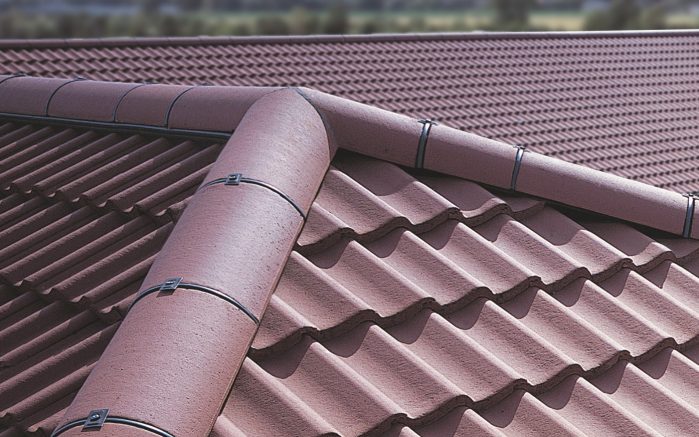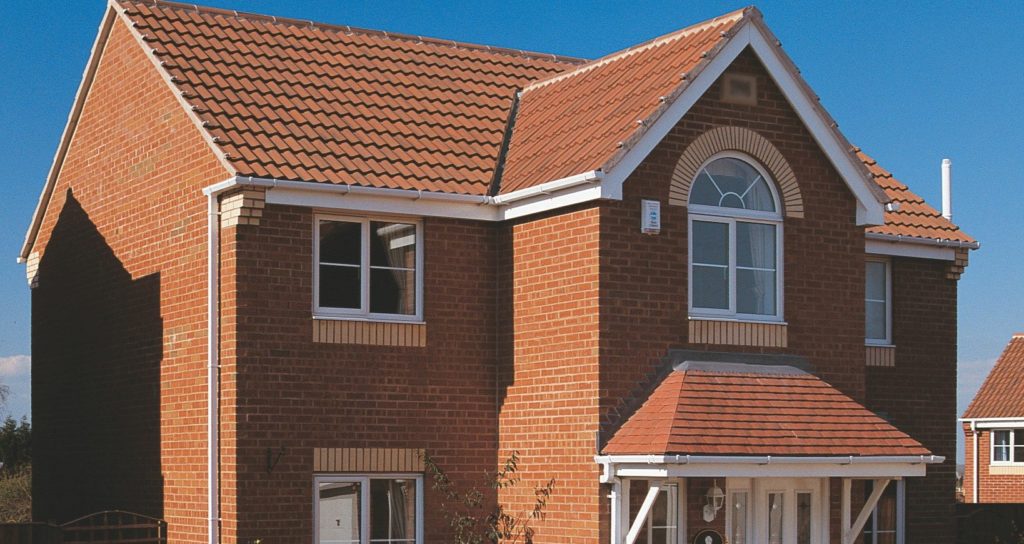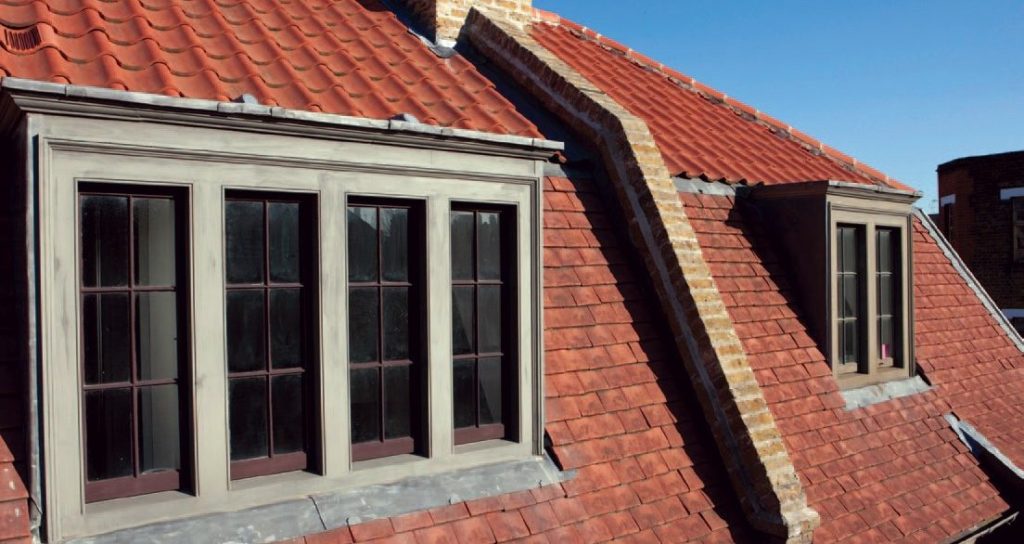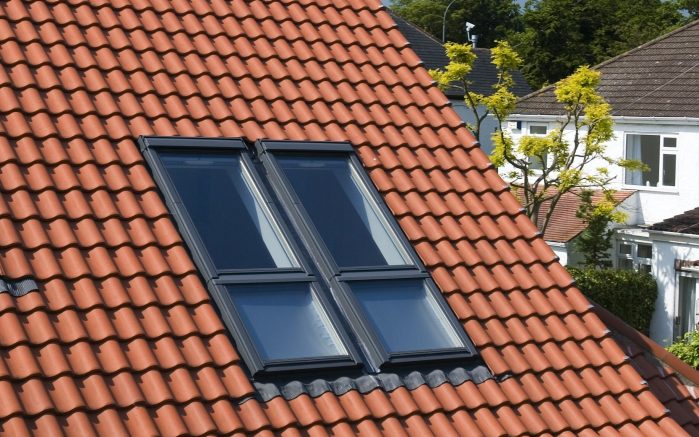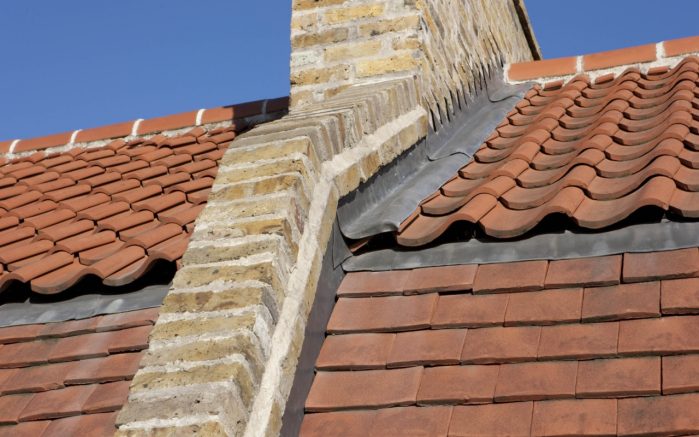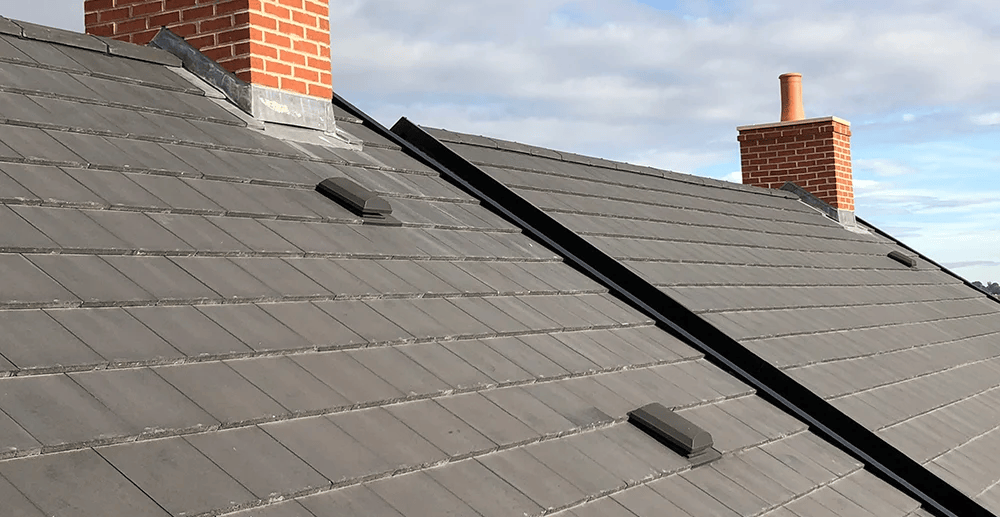Simon Button, Roof Category Manager at Wienerberger
The Clay Pantile has progressively evolved over the years and there are now many options to consider when choosing a tile. Each variation has its benefits, whether it’s recreating a traditional look with a weathered appearance to blend in seamlessly to the surrounding area, or the clean and contemporary look of an interlocking pantile – engineered for efficiency whilst still maintaining the same pleasing aesthetics.
Market changes
Clay Pantile manufacturing and design has adapted to the needs of the changing UK market with interlocking profiles becoming a more popular choice. This is due to the difference in ease of installation between traditional and interlocking, with skill shortages playing a big factor and the ability to lay an interlocking pantile at a lower roof pitch saving on materials. A variable gauge and interlock provide a much easier and quicker installation than that of a traditional pantile. The design of the pan, interlock and nail hole positioning also allow for a reduction to the minimum pitch lower than that of its counterpart. Having worked on a number of pantile optimisation projects at Wienerberger, I have found that the greater flexibility available with an interlocking design enables us to develop our tiles with all these features in mind.
Wienerberger’s new County Pantile is a great modern alternative to traditional clay pantiles, providing an almost identical appearance but with the added benefit of side and head interlocks and water bars, making it suitable for much lower roof pitches. These design features are key for a successful product and we continue to undertake research and development, always looking to improve where possible by listening to customer feedback and evaluating the market needs.
Roof fittings and accessories
When it comes to accessories at the roof verge, a purpose made cloaked verge can be used to maintain a traditional look rather than a plastic verge system which are used on more modern buildings. Ceramic cloak verges are the standard choice in Europe, as are ceramic ventilation tiles. Although this is not the case in the UK, the desire for more sustainable options could change the balance in the coming years. A block end ridge and hip starter can be used alongside the cloaked verge to compliment the appearance and dry fix element.
Although the benefits of a dry ridge system are clear to see it may not always be the best choice for traditional tiling with the deep dish of the pantile leaving a large gap between the tile and the ridge above. Therefore, the best solution is to bed the ridges on mortar, ensuring compliance with BS5534 by using a bedded ridge fixing kit.
With interlocking profiles however, the preference on more modern buildings would be to use dry fix as another quick and easy method of installation. Wienerberger offers profile fillers for our interlocking pantile ranges which are used in conjunction with our 6 metre profile dry ridge system. The fillers are manufactured specifically for each range and slot into the 1 metre length ventilation strips, filling the gap between the dish of the pan and the ridge line providing a neat finish and replicating the appearance of a mortar bed.
Tile ventilation can be provided in two different forms, depending on the purpose. Wienerberger provides an In-Line tile ventilator to accompany our pantile ranges and these are designed and colour matched to fit in seamlessly with both traditional and interlocking ranges. This type of vent can be used for both air space and mechanical extraction giving a free vent area of 10,000mm². The other type of tile ventilator, and a more traditional option, is the cowl vent which provides 3000mm² free vent area and is manufactured to the same profile of tile.
When using fixings, all pantiles are manufactured with a nail hole either through the tile or the top of the nib. The majority of old traditional clay pantiles were not mechanically fixed and simply hung on the battens by their nibs. As a secondary fixing, tile, eave and verge clips are used. In more recent times, improvements to the design of traditional tile clips have been made so they are designed to fix into the battens and secure the tiles at the mitred corners, making them hidden from view by the tile above.
Clay pantiles remain as versatile as ever, bringing a rich history of roofing heritage to new build and renovation projects alike. They have been adapted to suit modern-day construction methods, provide a more practical solution but still managing to maintain the same traditional features and beautiful aesthetics.
